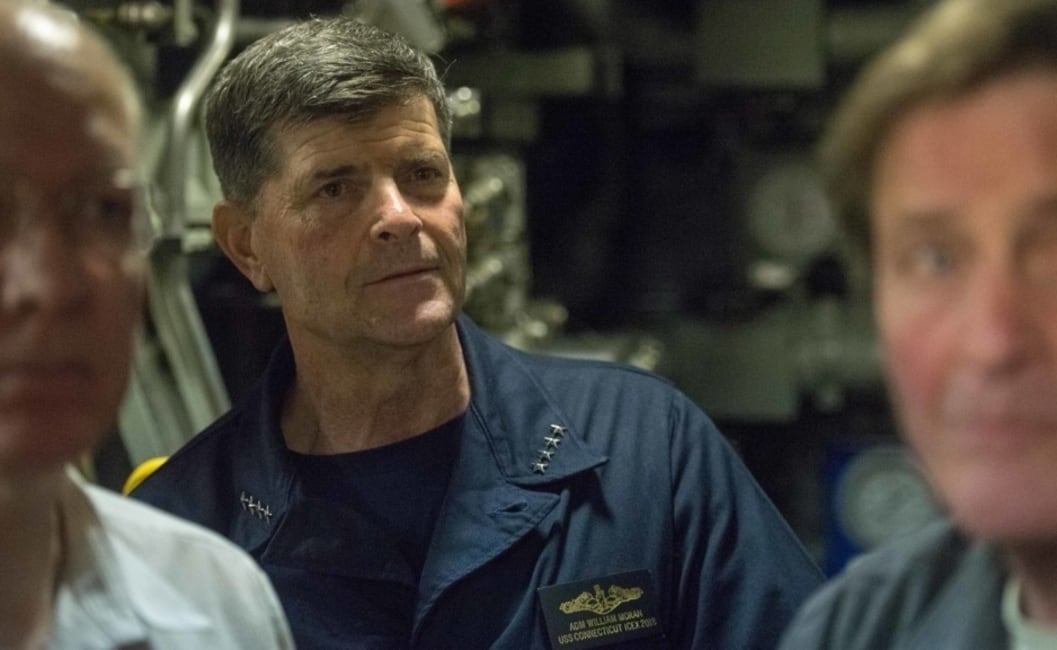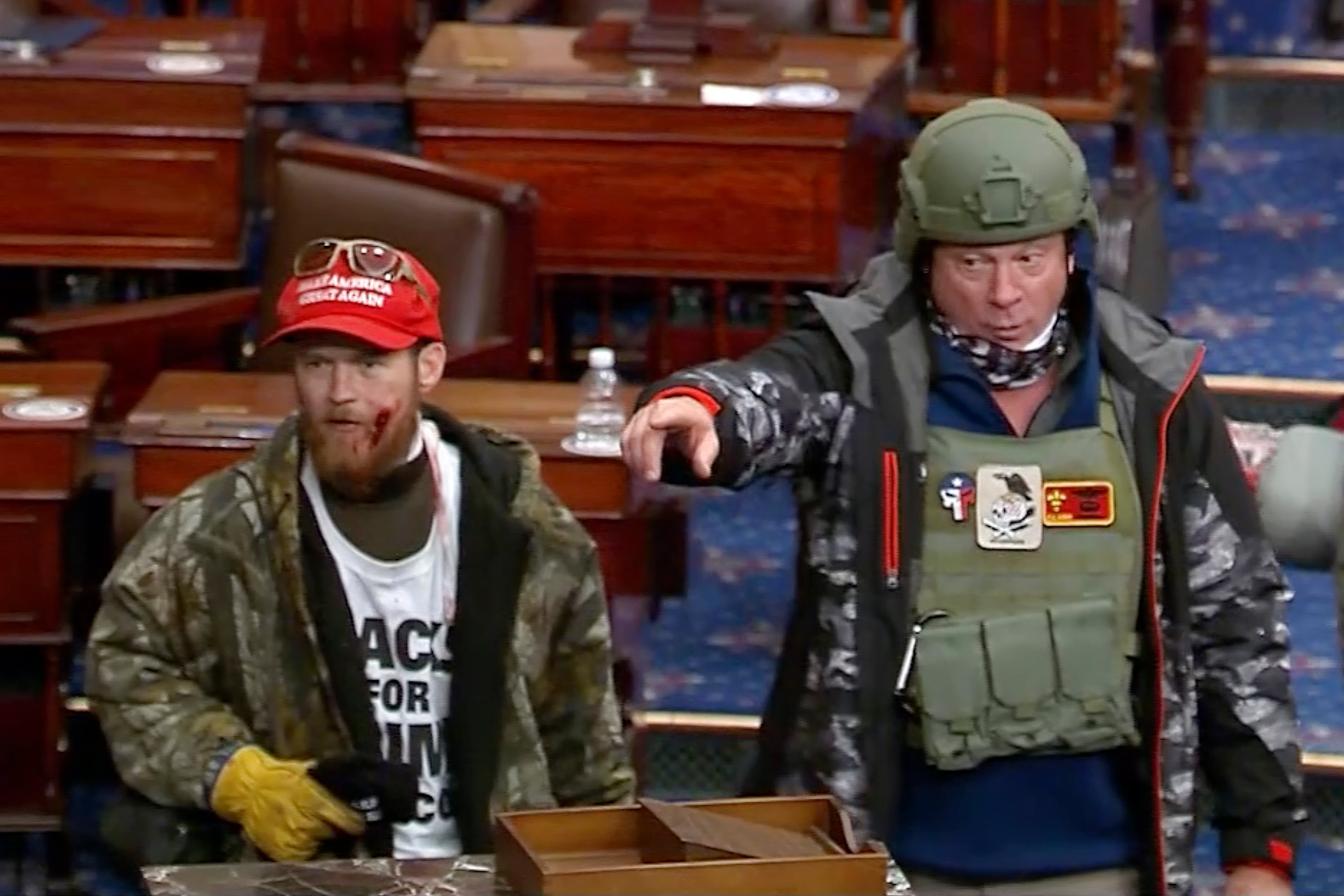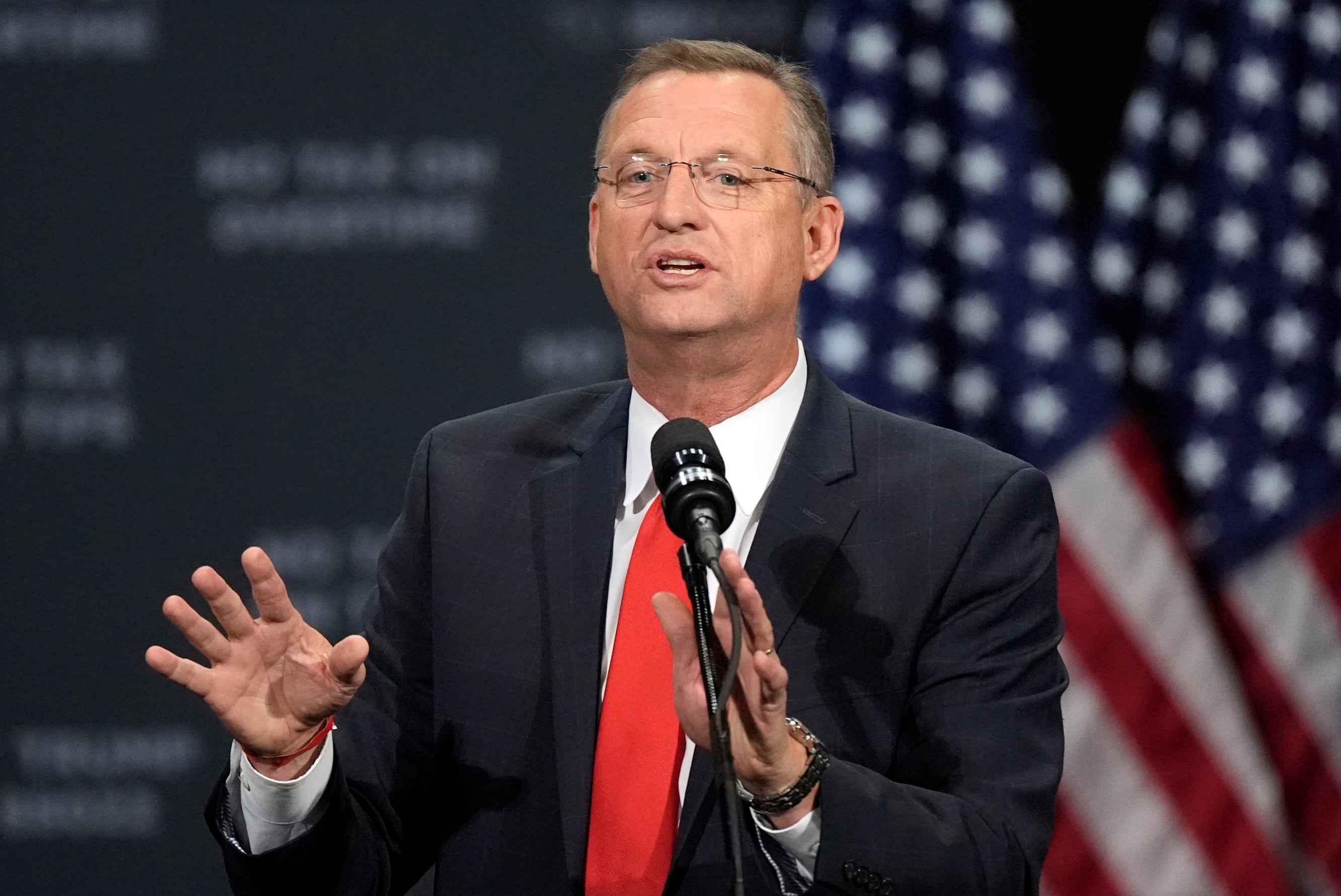Sunday’s surprise announcement by Adm. Bill Moran that he won’t become the next chief of naval operations and instead will retire after 39 years in uniform has rocked the highest echelons of the sea service.
Picked by President Donald J. Trump and confirmed without a whiff of scandal by the Senate, his elevation to CNO was derailed by an ongoing Pentagon probe into emails he allegedly exchanged with his former spokesman, Chris Servello.
Although he was never charged with a crime and has long professed his innocence, Servello’s own career foundered in late 2016 after he was accused of sexually-tinged shenanigans while dressed as Santa Claus at a boozy Pentagon holiday party.
With CNO Adm. John M. Richardson poised to retire this summer, Secretary of the Navy Richard Spencer must find a replacement that will win over Acting Secretary of Defense Mark T. Esper, then the White House and finally lawmakers.
“[Secretary]Spencer is committed to quickly recommending a new CNO for nomination, and he will move to that decision urgently but deliberately,” Cmdr. Sarah Higgins, his spokeswoman, told Navy Times on Monday.
RELATED

Although he has other options, secretaries traditionally have fished for CNOs from the smallest pool of commissioned officers, four-star admirals.
By law, the service is allowed only six full admirals on active duty at a time. Currently, there are eight but that’s because two lead joint commands and they don’t count against the statutory limit.
But Spencer also could dive deeper, selecting a vice admiral if he believes that officer is the best person to run the Navy. There are 41 three-stars on the Navy’s rolls.
“All three and four-star admirals are eligible to be recommended for service as the CNO," Higgins said. “The Secretary of the Navy will make his recommendation based on who is the best and most fully qualified officer for the position.”
Adm. Christopher Grady — the top officer at Fleet Forces Command in Norfolk — and current Pacific Fleet Commander Adm. John C. “Lung” Aquilino in Hawaii likely are two of the front-runners, according to retired Navy Capt. Jerry Hendrix, a Defense Strategy and Force Structure Analyst at the Telmus Group.
“Grady and Aquilino are are really the most likely candidates at this point, but are by no means the only options,” Hendrix said.
“Grady’s experience, as of late, has been in Europe and the Middle East, where Adm. Aquilino has been out in the Pacific. And given the focus on that region these days, that could be a consideration in favor of Aquilino.”
Aquilino is a career aviator, Grady a surface warfare officer. In the wake of twin warship collisions in the Western Pacific two years ago that killed 17 sailors, “there might be an argument to be made that having a SWO in the job would be a good decision,” Hendrix said.
As for seniority, it’s a wash. Both have occupied their current posts since May of 2018.
But also in the mix is the highly respected Adm. James G. Foggo III, the commander of Allied Joint Forces Command Naples, Naval Forces Europe and Naval Forces Africa since late 2017.
To Hendrix, Foggo is “very intelligent" and has the potential to be an excellent CNO, but his nomination would raise eyebrows because he’s a career submariner.
“If you went with Foggo, you would have had three submarine officers in a row as CNO,” Hendrix said. “We’ve done that before, with Admirals [James] Watkins, [Carlisle] Trost and [Frank] Kelso in the 1980′s, but it’s not something that’s really wise, to have one community to hold the chief of naval operations office for such a long time.”
Not to mention that newly-promoted Vice Chief of Naval Operations Adm. Bob Burke also is a submariner. He became VCNO on June 10.
“Robert Burke is a submarine officer and was viewed as a complement to Moran,” Hendrix said. “That’s why it would be unlikely to see Adm. Foggo, who is also a submariner, come into the job as CNO if the plan was to still have Burke as the vice chief.”
That also could remove Adm. James F Caldwell Jr. from consideration. The director of the Naval Nuclear Propulsion Program, he’s also a career submariner.
Stacking the deck with submariners might irk the other line officer communities, Hendrix said.
So if Foggo or Caldwell became CNO, Burke might be shifted to a four-star command elsewhere while the sea service began the search for a new VCNO.
Hendrix said the odds might be long for Adm. Phil Davidson at U.S. Pacific Command and Adm. Craig Faller at U.S. Southern command, assuming that as combatant commanders they would want the job.
Hendrix pointed to Davidson’s tense February testimony before the Senate Armed Services Committee where he bristled at questions concerning readiness levels in the fleet.
Although he was confirmed last year by the Senate for the Southern Command post, Faller is weighed down by an Inspector General report.
Investigators revealed that while commanding the Stennis Carrier Strike Group in 2011, Faller accepted from an unnamed “prohibited source” a free room upgrade for a two-night stay in a Kuala Lumpur luxury hotel, a gift valued between $2,000 and $10,000.
Although the Navy concluded the perk ran afoul of ethics rules, officials ruled that Faller’s actions were mitigated because he accepted the suite on behalf of his shipmates, not himself, and his staff judge advocate general appeared to bless the upgrade.
If Spencer and Trump really want to shake up the Navy bureaucracy, there are two other options Hendrix believes they could consider.
“In 2003, President George W. Bush recalled Gen. Peter Schoomaker to be the Army’s chief of staff, three years after he retired," Hendrix said.
Hendrix didn’t name any candidates from the retired rolls, but indicated their main problem is age. The statutory retirement age for officers is 62, although a special act of Congress could grant a waiver.
And then there’s the threat of a deep selection.
“Arleigh Burke was a two-star admiral in 1955, when he was picked over 52 more senior three- and four-stars to be CNO,” Hendrix said.
Current rules limit the bench to three- and four-star admirals today, but it’s possible the perfect person for the job isn’t a full admiral — even if Hendrix concedes “it is unlikely they would do that."
As for keeping Adm. Richardson at the helm, that’s tricky, too.
“I would say is the idea of just extending John Richardson in the job is not an automatic,” said Hendrix. "Richardson has a term of office. That term expires and so in order for him to continue, there’s going to have to be Congressional action taken.
“If that action doesn’t get taken because of the summer holidays or some other reason, then Burke, as the Vice Chief could become the acting CNO. It’s one thing to say that Adm. John Richardson will just stay on as CNO until a successor is identified, it’s not an automatic thing.”
Mark D. Faram is a former reporter for Navy Times. He was a senior writer covering personnel, cultural and historical issues. A nine-year active duty Navy veteran, Faram served from 1978 to 1987 as a Navy Diver and photographer.





